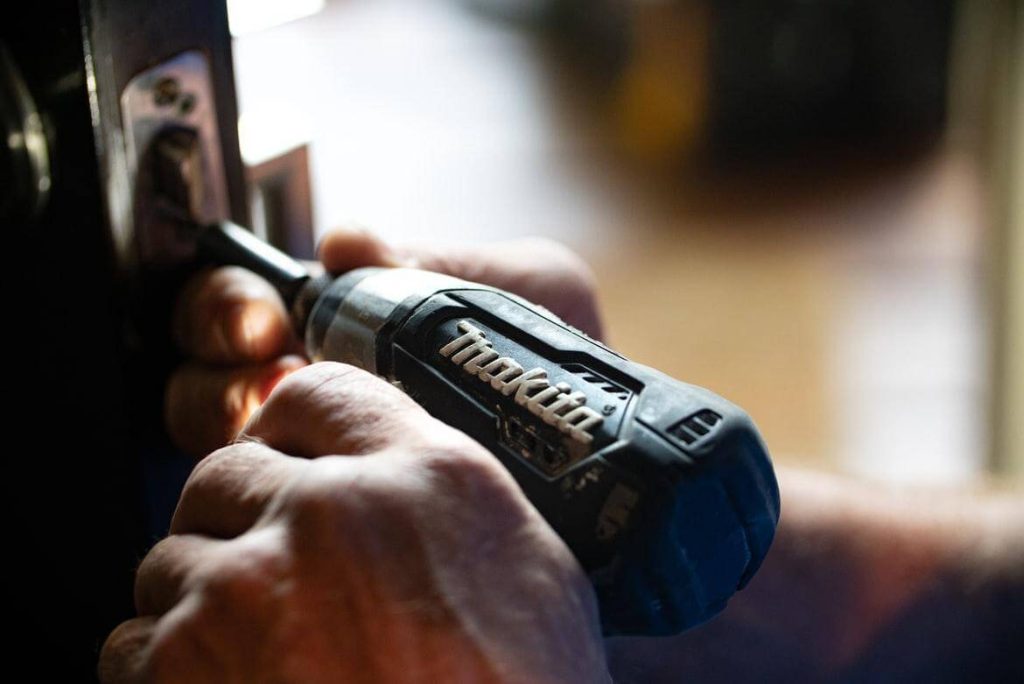
Repairing household appliances is a valuable skill that can save you money and time in the long run. Imagine not having to replace a malfunctioning refrigerator or washing machine – you can fix it yourself! This guide dives deep into the world of household appliance repair, explaining the process of fixing various appliances from small to large. We’ll explore common problems, offer practical DIY solutions, and offer insights into when professional help is needed. Ready to tackle those balky appliances? Let’s begin! This article outlines the essential steps for repairing common household appliances. It covers a scope of problems, from simple troubleshooting to more complex repairs, ensuring you’re well-equipped to tackle any appliance issue.
Understanding Common Household Appliance Issues
determineing Appliance Malfunctions
Many household appliances can malfunction due to a variety of reasons. Understanding these issues is crucial in determining the right repair plan. A faulty power cord, damaged electrical components, or a clogged drain can all lead to a breakdown. Properly diagnosing the source of the problem is often the first step. In many cases, minor issues can be fixed with basic troubleshooting and a willingness to learn. For example, a refrigerator that isn’t cooling could be a outcome of a tripped breaker, a faulty thermostat, or a malfunctioning compressor. determineing these common causes saves time and ensures you’re not wasting time on unnecessary repairs. A good rule of thumb is to consult the appliance’s user manual for specific troubleshooting instructions, or do a search online for detailed guidance on that particular appliance.
Diagnosing and Troubleshooting Common Problems
Common Refrigerator Issues
Refrigerators, a cornerstone of any kitchen, frequently present troubleshooting challenges. Common problems include inadequate cooling, unusual noises, and water leaks. For example, if your refrigerator isn’t keeping items cold, first check the thermostat settings. If the thermostat appears fine, inspect the refrigerator’s condenser coils for blockages, and ensure proper ventilation. Improper defrosting in refrigerators can lead to complimentaryzer buildup and hamper the efficient functioning of the cooling system. Another key component is the evaporator fan which can stop working and may lead to similar problems. If these checks don’t solve the problem, consider more involved troubleshooting steps to fix the problem. Remember, the most crucial thing to remember when handling electrical components is safety—always unplug the appliance before working on it.
DIY Appliance Repair Techniques
Fixing a Leaky Faucet
A leaky faucet is a common problem that can outcome in significant water waste. A dripping faucet isn’t just an inconvenience; it can lead to substantially boostd water bills over time. Diagnosing a leaky faucet often involves determineing the source of the leak. Inspect the faucet’s cartridge, and consider replacing worn washers or O-rings. Another solution is to adjust the handle alignment for proper valve seating, and to ensure the faucet’s connection points are properly secured and complimentary from leaks. If your faucet is faulty despite attempts to repair it, consider replacing the whole faucet, or consult a professional for specialized repairs.
When to Call a Professional
Recognizing Signs of Complex Issues
While many household repairs are manageable with a little know-how, there are times when professional help is necessary. If you encounter complex issues beyond your skill level, or if you aren’t sure how to start or continue with the repairs, reaching out to a professional repair technician is the optimal course of action. For example, electrical issues such as short circuits, or component replacements that require specialized tools or knowledge should not be attempted by amateurs to prevent accidental injuries, or potential damages to the appliances. Also, if you’re unsure about the cause of a problem or if you’re uncomfortable working with electrical or plumbing components, seeking expert help will help avoid potential harm or further damage to the appliance.
Related Post : How Much Does It Cost To Repair Hail Damage
Maintaining Appliances for Longevity
Regular Maintenance Practices
Proper maintenance significantly extends the lifespan of household appliances. Routine checks and cleaning can help prevent premature breakdowns. Regular cleaning, like removing dust from fans, checking the filters and drain lines, and ensuring proper ventilation around appliances, will maximize the life of these products. Furthermore, understanding the manufacturer’s recommendations for maintenance and following them meticulously will help maintain the quality of your appliances and extend the operational life. These small steps greatly contribute to your appliance’s efficiency and reduce the likelihood of sudden breakdowns.
In summary, repairing household appliances is a practical skill that saves money and reduces waste. Understanding the intricacies of varied appliances and employing the right techniques is key to achievementful repairs. By following the steps outlined in this guide, you can confidently tackle common appliance issues. If you encounter more complex problems, consulting a professional repair technician might be necessary. This will ultimately help you save time, money, and environmental resources.